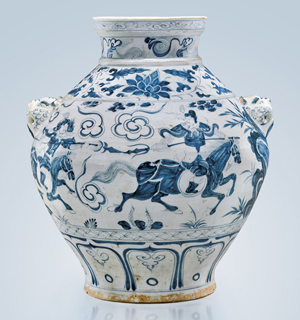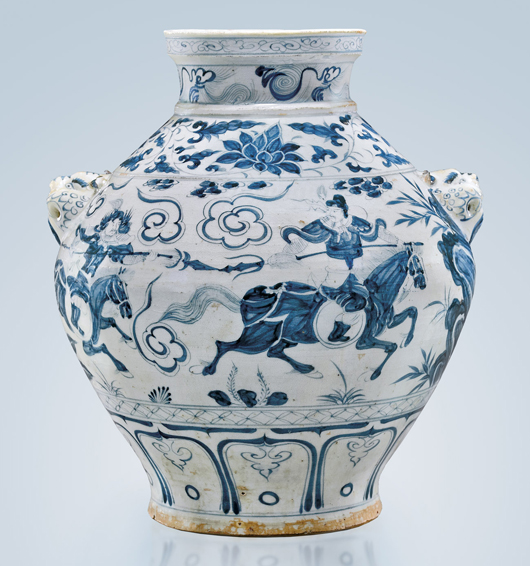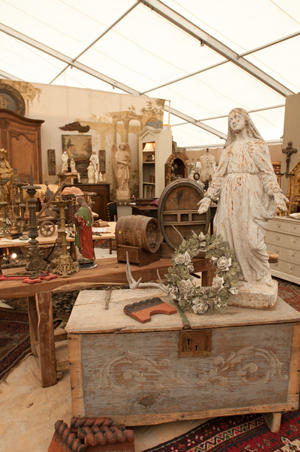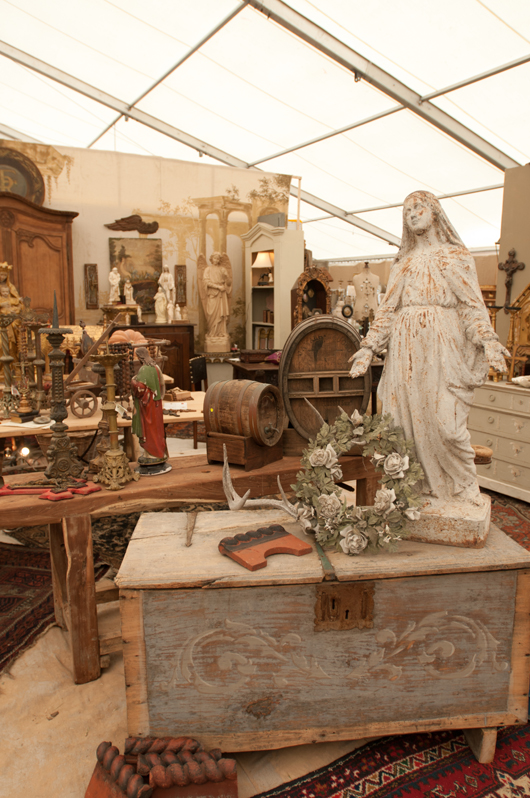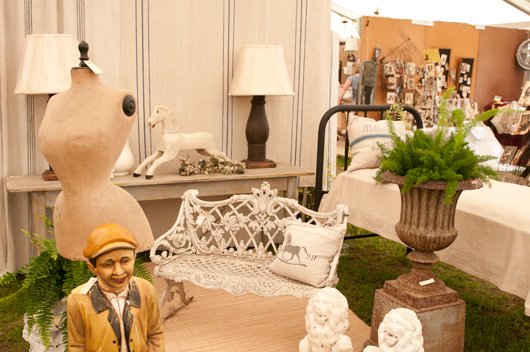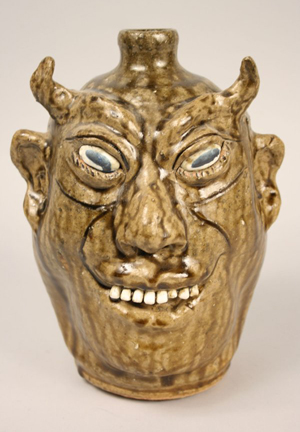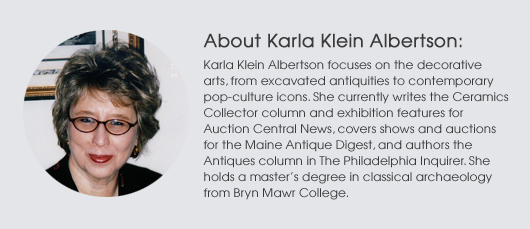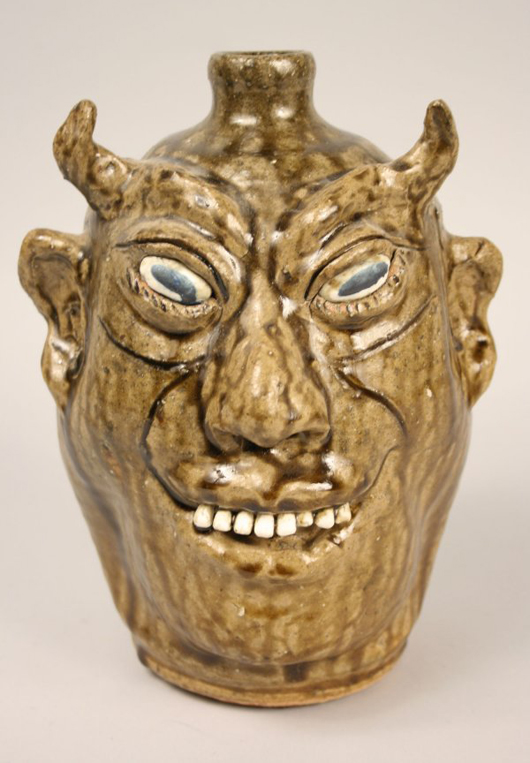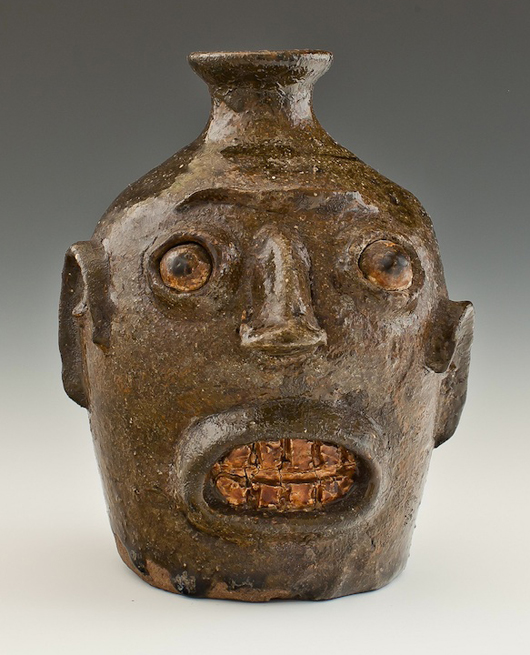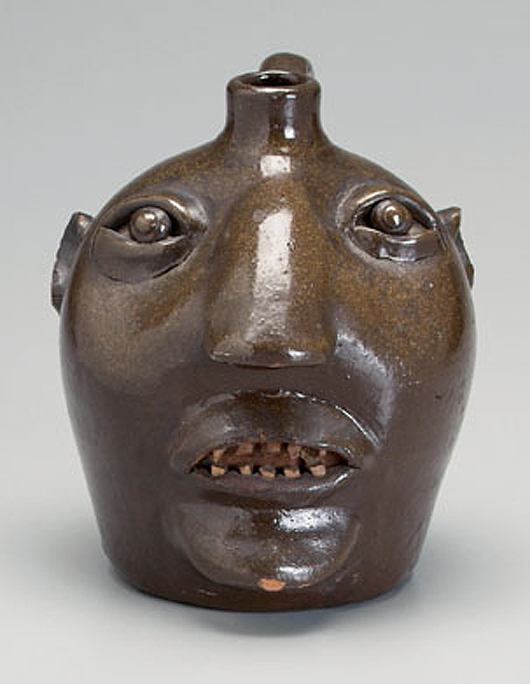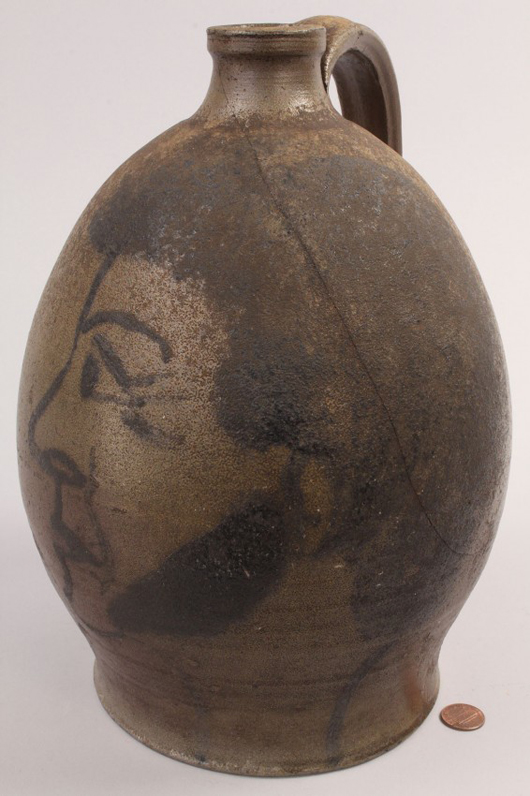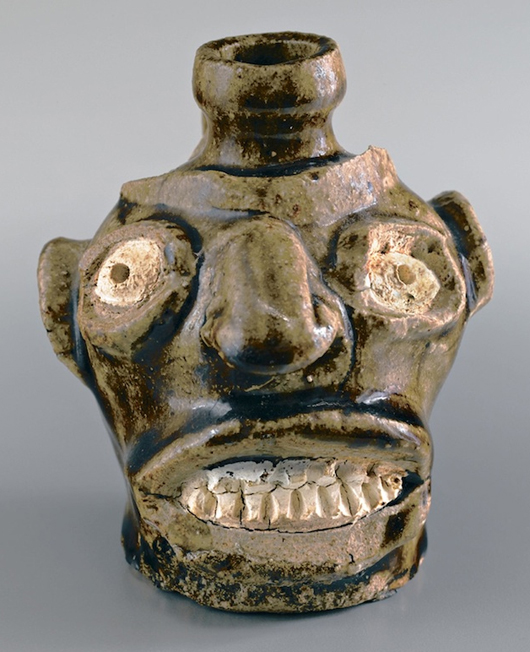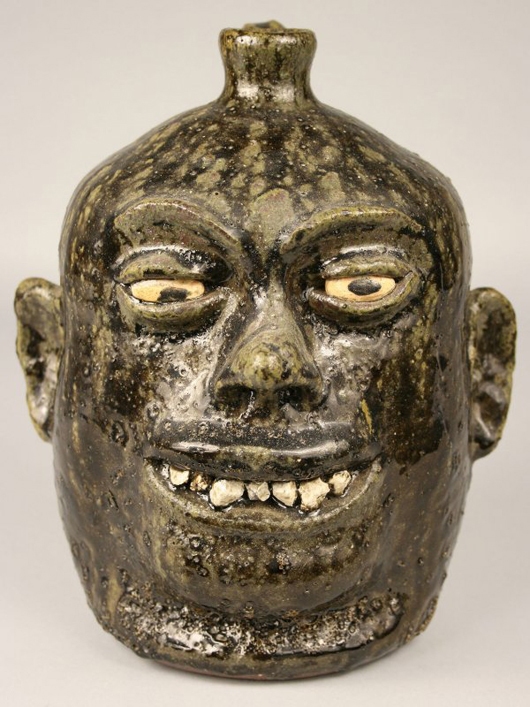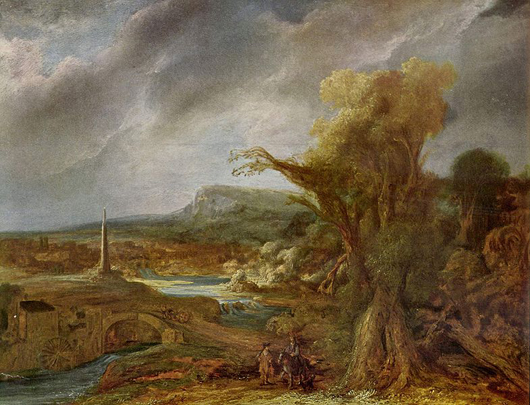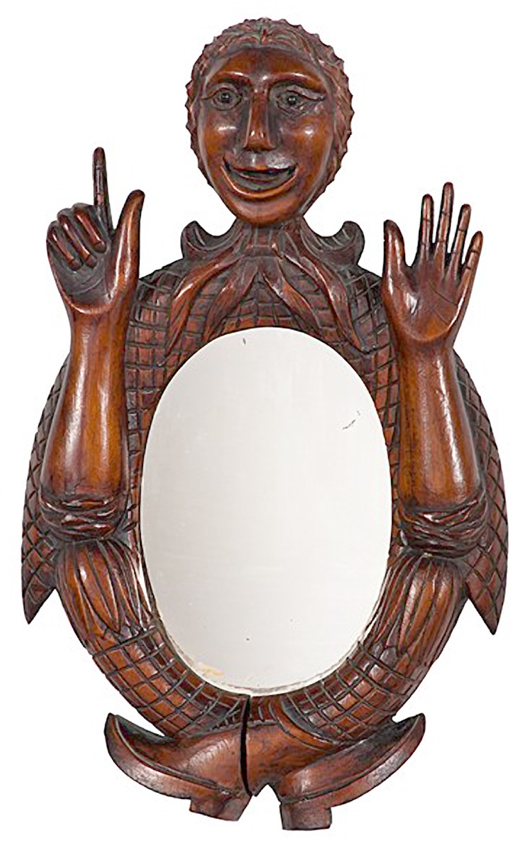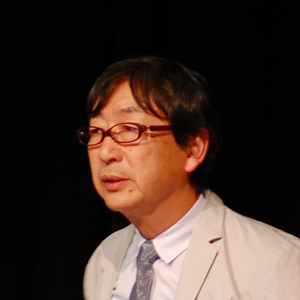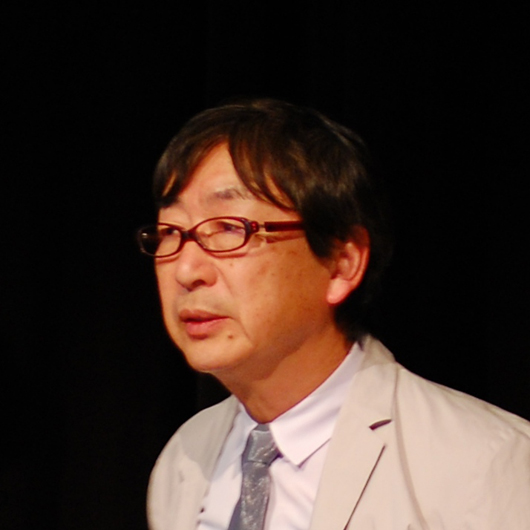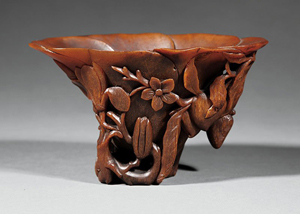
The highlight of the auction was one of the 18th century Chinese rhinoceros horn libation cup from the Headley-Whitney Museum, which sold for $185,000 to a U.S. bidder on LiveAuctioneers.com. Neal Auction Co. image.
NEW ORLEANS – Neal Auction’s Winter Estates Auction raked in $3.1 million in sales on Feb. 23-24. LiveAuctioneers.com provided Internet live bidding.
One hundred twenty-four lots from the Headley-Whitney Museum consignment achieved $1.05 million. Six antique Chinese rhinoceros horn libation cups totaled $470,000. A Chinese painting of an eagle soared to $125,000 and a romantic Woodward oil painting quadrupled its presale estimate to achieve $105,000.
The highlight of Neal Auction Company’s was an 18th century Chinese rhinoceros horn libation cup carved as a large open flower borne on openwork branches issuing fruit and flowers. The extraordinary cup saw widespread competition from collectors around the world, ultimately selling for $185,000 to a U.S. bidder on Liveauctioneers.com vying against 17 telephone bidders, six absentee bidders and lively salesroom participation.
A second 17th/18th century Chinese rhinoceros horn libation cup carved as a partly rotted tree stump with new-growth chrysanthemum, peony and grasses, was won by a U.S. bidder on Liveauctioneers.com for $62,000 competing against 12 phone bidders, three absentee bidders, and several bidders in the room.
Four more carved Chinese rhinoceros horn libation cups from the Headley-Whitney Museum sold for prices ranging from $53,000 to $58,500. A rare 17th/18th century Chinese “eccentric” carved hardwood libation cup modeled as an inverted mountain peak enveloped in the leafy branches and tendrils of a fruiting grapevine above a small squirrel at the base, sold for $33,500.
Also from the Lexington, Ky., museum, a Chinese scroll painting of an Eagle and Autumn Leaves bearing the signature of Emperor Song Huizong as well as the collector’s seal of the Qianlong Emperor, also garnered considerable attention worldwide. The bidding for the painting started at $1,800 and quickly soared upward, selling to a Chinese painting collector in the room for $125,000.
Carrying a presale estimate of $20,000 to $30,000, lot 384, a 1921 William Woodward (American/New Orleans 1859-1939) oil on canvas depicting a romantic gulf shore scene sold to a Mississippi collector for $105,000. The work, which was painted as a wedding present for the consignor’s parents, featured two oaks with intertwined branches symbolic of the young couple’s love for one another.
A Mississippi River scene painted by William Henry Buck (American/Louisiana, 1840-1888) featuring a man poling on a raft beside sawn logs on the banks, achieved $87,000, selling to a New Orleans collector. The painting, contemporaneous with Mark Twain’s The Adventures of Tom Sawyer and The Adventures of Hick Finn, powerfully captured the late 19th century way of life along the banks of the great Mississippi.
A vibrant, 1974 oil on canvas by Ida Rittenberg Kohlmeyer (American/New Orleans, 1912-1997) titled Transverse #3, saw active participation among collectors on the floor competing against six telephone bidders. The work ultimately sold for $60,000, against a presale estimate of $15,000-$25,000.
A seven-volume, first edition of John James Audubon’s The Birds of America, From Drawings Made in the United States and Their Territories received considerable interest, selling for $50,000 to a bidder in the room.
A rare circa 1850-1860 American Rococo carved rosewood bedstead bearing the patent stamps of John Henry Belter, New York, sold for $36,000.
William Henry Buck’s (American/Louisiana, 1840-1888) oil on canvas painting titled Louisiana Bayou: Live Oaks and Water Lilies at Dusk discovered in the estate of a St. Louis, Mo., collector, was won by a New Orleans collector in the room for $30,500.
Selling for $30,000 was a circa 1845 American carved cherrywood tallcase clock by Thomas R. J. Ayers of Danville, Ky.
An important 1902 Newcomb College art pottery vase decorated by Mary Wolcott Richardson (1873-1968) with panels of dancing African-American figures beneath the inscription “Rastus on Parade” sold for $29,000.
A Turkish embroidered silk textile exquisitely worked overall in couched metallic threads, saw great interest from the salesroom floor as well as from the telephones. The extraordinarily intricate 18th century textile sold to a bidder in the room for $26,000.
A rare, circa 1898 pastel counterproof by Mary Cassatt (American, 1844-1926) titled Baby Embracing Her Mother realized $22,000. The lovely example of the artist’s experimentation with pastel counterproofs was won by an absentee bidder.
An early 19th century Lexington, Ky., coin silver teapot marked “A·BLANCHARD” (working 1808-1838) sold for $21,750. Also by Blanchard, a signed coin silver pitcher sold for $19,500.
Prices realized include Neal Auction Co.’s buyer’s premium. Neal Auction Company’s Buyer’s Premium is 22 percent of the hammer price up to and including $200,000, plus 10 percent of the hammer price greater than $200,000. For purchases made by cash, check or wire transfer the buyer’s premium is reduced by 2.5 percent of the 22 percent.
For information call Neal Auction Co. at 504-899-5329.
ADDITIONAL LOTS OF NOTE
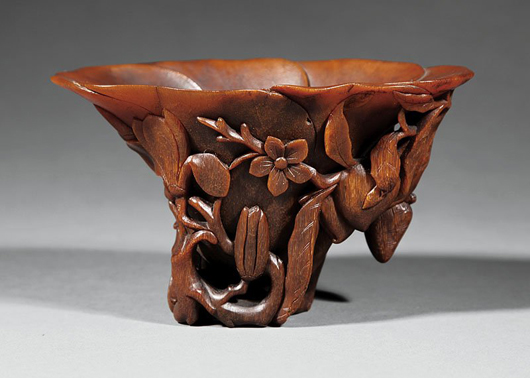
The highlight of the auction was one of the 18th century Chinese rhinoceros horn libation cup from the Headley-Whitney Museum, which sold for $185,000 to a U.S. bidder on LiveAuctioneers.com. Neal Auction Co. image. 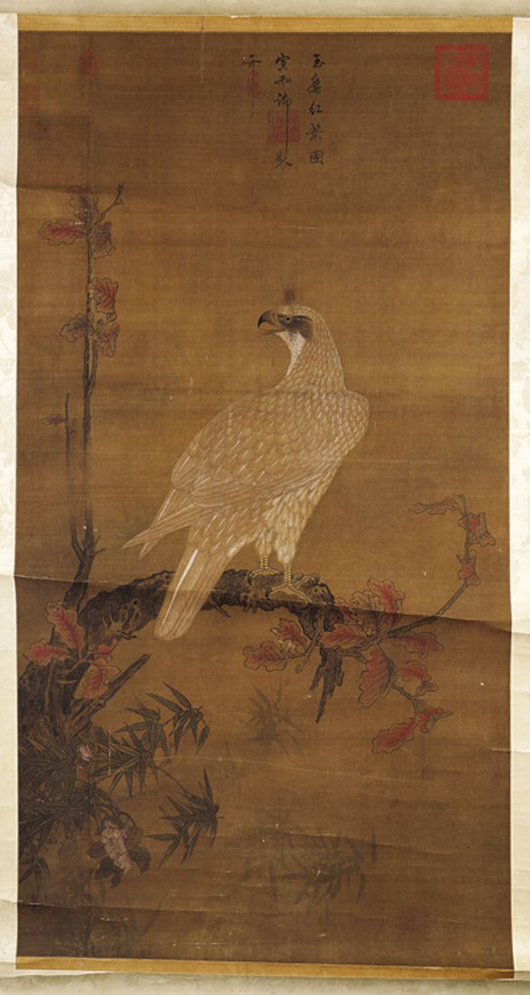
Titled ‘Eagle and Autumn Leaves,’ this Chinese scroll painting bearing the signature of Emperor Song Huizong as well as the collector’s seal of the Qianlong emperor, sold for $125,000. Neal Auction Co. image. 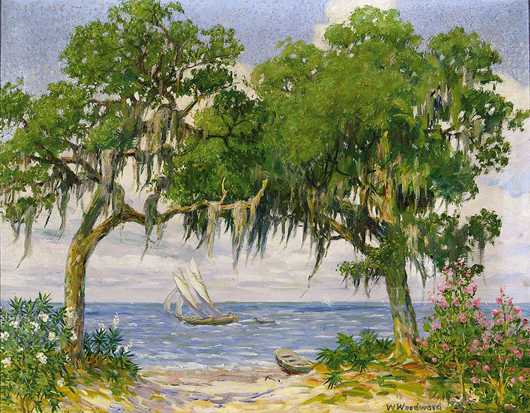
Carrying a presale estimate of $20,000-$30,000, this 1921 William Woodward (American/New Orleans 1859-1939) oil on canvas depicting a romantic ‘Gulf Shore’ scene sold for $105,000. Neal Auction Co. image. 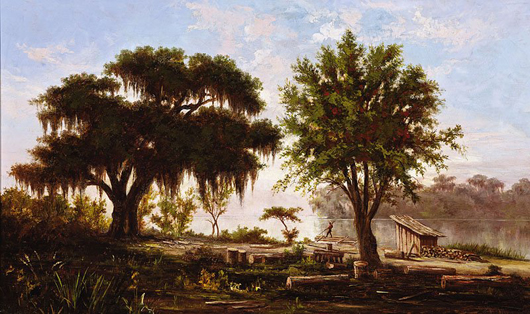
The Mississippi River scene painted by William Henry Buck (American/Louisiana, 1840-1888) featuring a man poling on a raft achieved $87,000. Neal Auction Co. image. 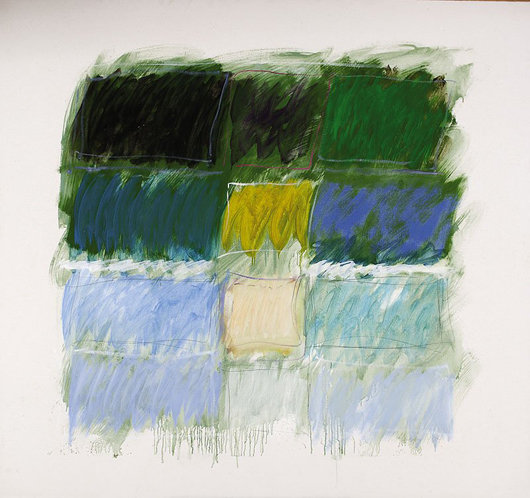
A vibrant, 1974 oil on canvas by Ida Rittenberg Kohlmeyer (American/New Orleans, 1912-1997) titled ‘Transverse #3,’ sold for $60,000, against a presale estimate of $15,000-$25,000. Neal Auction Co. image. 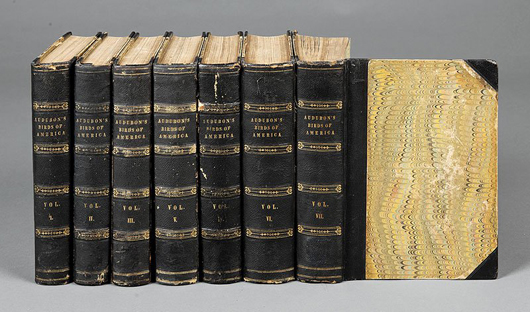
This seven-volume, first edition of John James Audubon’s ‘The Birds of America, From Drawings Made in the United States and Their Territories’ fetched $50,000. Neal Auction Co. image. 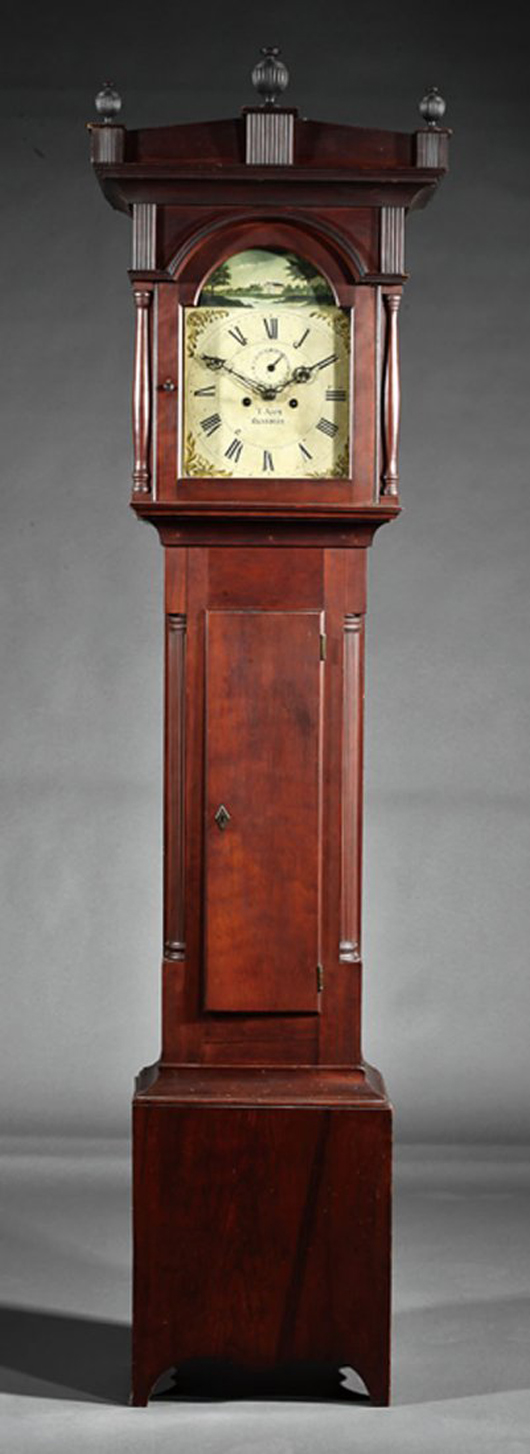
Thomas R.J. Ayers of Danville, Ky., crafted this American carved cherrywood tall-case clock circa 1845. It sold for $30,000. Neal Auction Co. image. 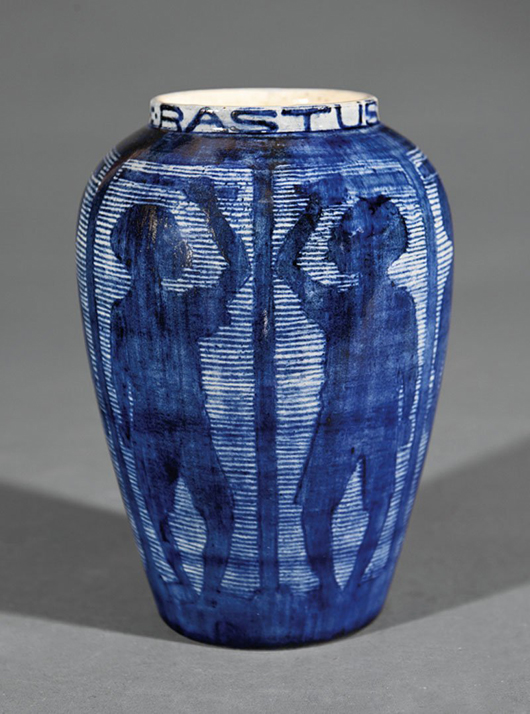
Described as rare and important, this 1902 Newcomb College art pottery vase decorated by Mary Wolcott Richardson (1873-1968) made $29,000. Neal Auction Co. image.


